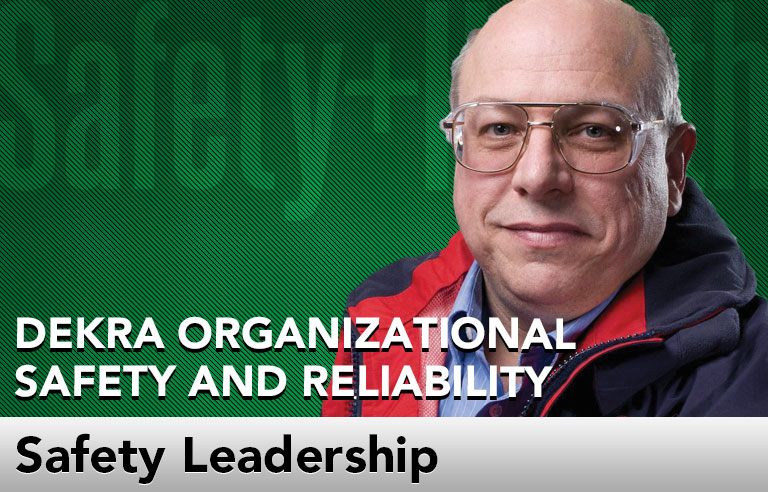Safety Leadership: Prevent catastrophic incidents: 5 aspects of organizational performance
From our Friends at: Safety and Health Magazine
December 20, 2020

Editor’s Note: Achieving and sustaining an injury-free workplace demands strong leadership. In this monthly column, experts from global consulting firm DEKRA Organizational Safety and Reliability share their point of view on what leaders need to know to guide their organizations to safety excellence.
It’s easy to think a catastrophic fire or explosion is an anomaly rather than a sign that a deeper problem exists within an organization’s safety systems and culture. By their nature, catastrophic events are rare. This makes it easy for leaders to lose their sense of vulnerability. It takes a different kind of organization to develop leaders who, instead of asking, “Can it happen here?” ask, “How can it happen here?”
Catastrophic occupational and process safety incidents usually occur after early warning signals are overlooked. Some organizations have been very successful in avoiding catastrophic events, even in environments with high-risk factors and complex operations. Known as highly reliable organizations, these operations have developed cultures that embrace the concepts of anticipation, questioning, diligence, resilience and learning.
The goal of high reliability safety is to understand why early warning signals are overlooked and what can be done to improve the identification of and response to these signals.
Here are five aspects of organizational performance that are key to safe operations:
- People are encouraged to report incidents, and the value of reporting is reinforced.
- Data is acted on and critical milestones are shared.
- Leaders reward those who sort through the data to identify important details.
Cognitive bias refers to the tendency we all have to rely on intuitive, rather than analytical, thinking to process information efficiently. However, we can too readily accept what we think we know. The tendency to go along with a group’s predominant opinion can make this worse.
The only way to guard against the insidious effects of cognitive bias is through effective culture and leadership interventions. There are specific leadership behaviors (for example, encouraging the voicing of dissenting opinions) that promote a culture that produces more reliable decision-making, as well as specific skills involved in asking the right question in the right way to get the right data.
Although many organizations use periodic audits to provide a check on implementation, the key to ensuring consistent activity is developing leaders who frequently monitor, reinforce and verify effective program execution. Key aspects of these activities are:
Monitoring: Regularly checking in to see how team members are doing, how they’re progressing toward achievement of goals and if they’re encountering any issues.
Reinforcement: Providing feedback that recognizes good performance.
Verification: Similar to monitoring, which focuses on the performance of subordinates, verification focuses on activities and programs.
Consider two questions when looking for aspects for effective resilience:
Knowledge. Do people at various levels have a broad enough understanding of the operation that they can make good judgments in case of emergency?
Willingness. Are people more or less likely to take action on their own initiative?
Great learning organizations are also characteristically self-aware. They make sure that even the newest employee knows the story of where the organization came from and where it’s going. Continuously learning organizations are vigilant about preserving organizational memory and ensuring that hard lessons are never forgotten or repeated.
Leaders needn’t wait for a life-altering or fatal event before adopting the principles of a highly reliable organization. Customers, suppliers and the public expect organizations to manage their safety performance beyond simply lowering the workforce injury rates. Top-tier companies evolve when key leaders rise to the challenge of adopting highly reliable organizations principles and start to ask, “How can it happen here? Let’s do something about it.”
This article represents the views of the authors and should not be construed as a National Safety Council endorsement.
Comments
Post a Comment